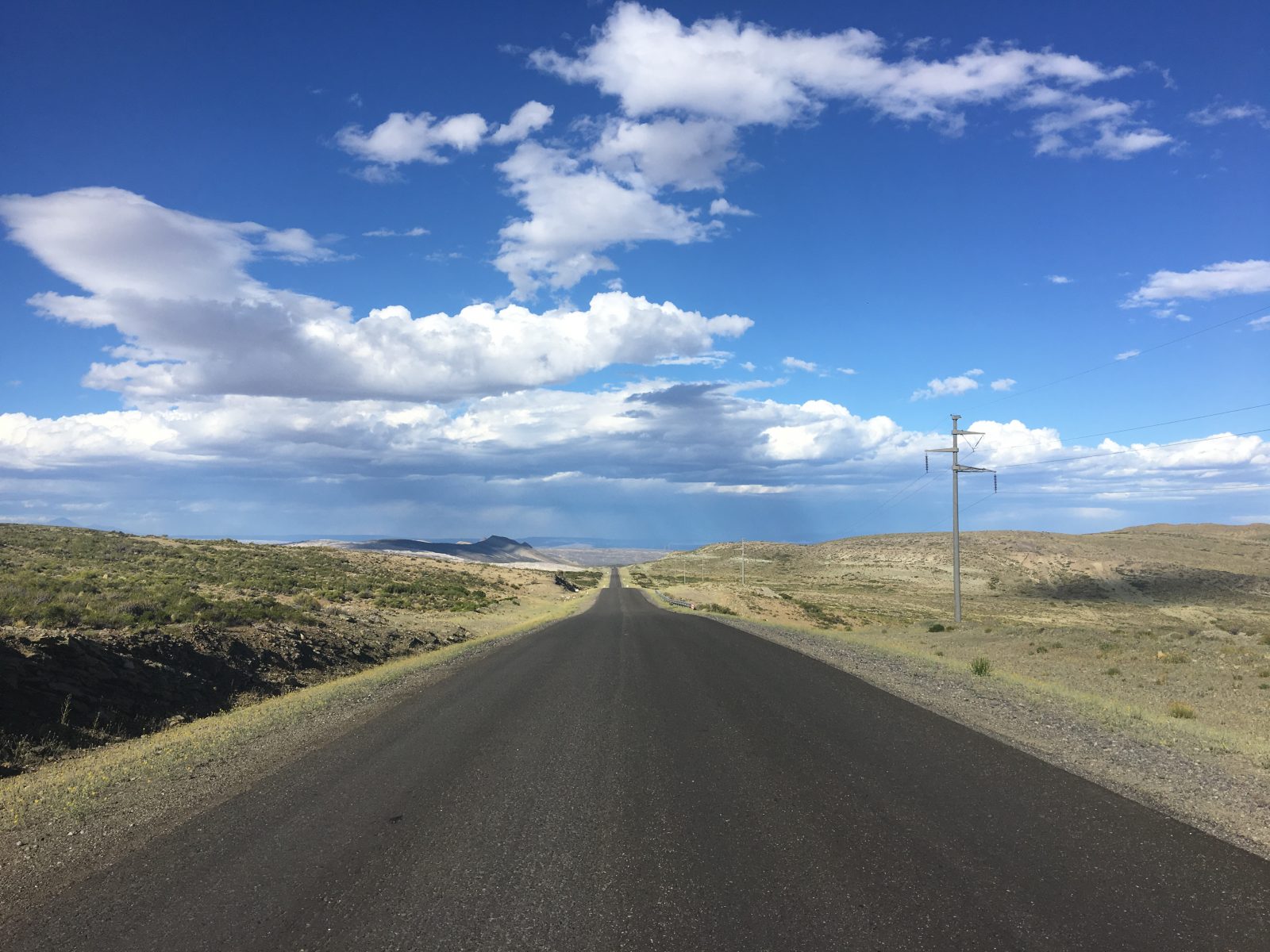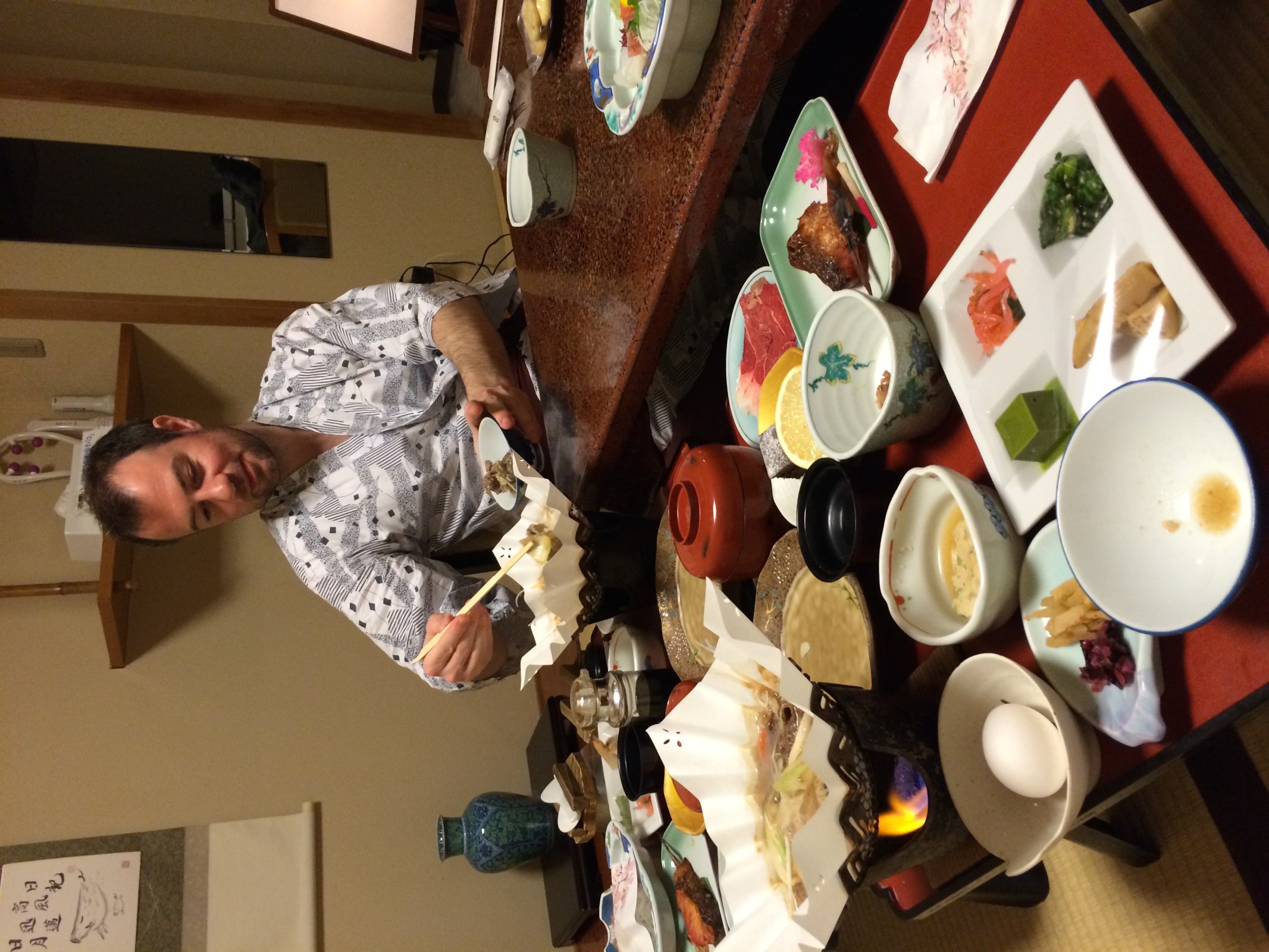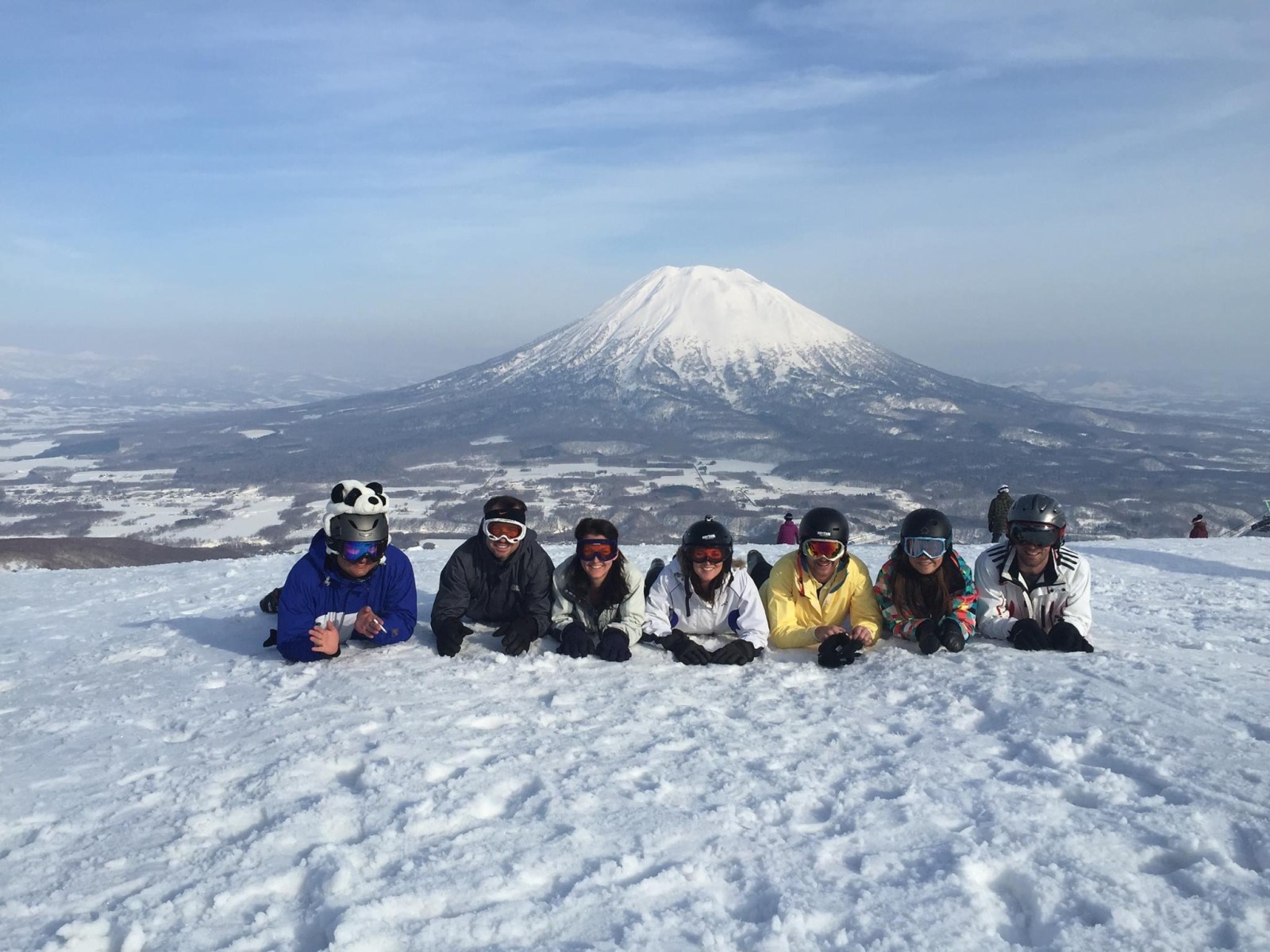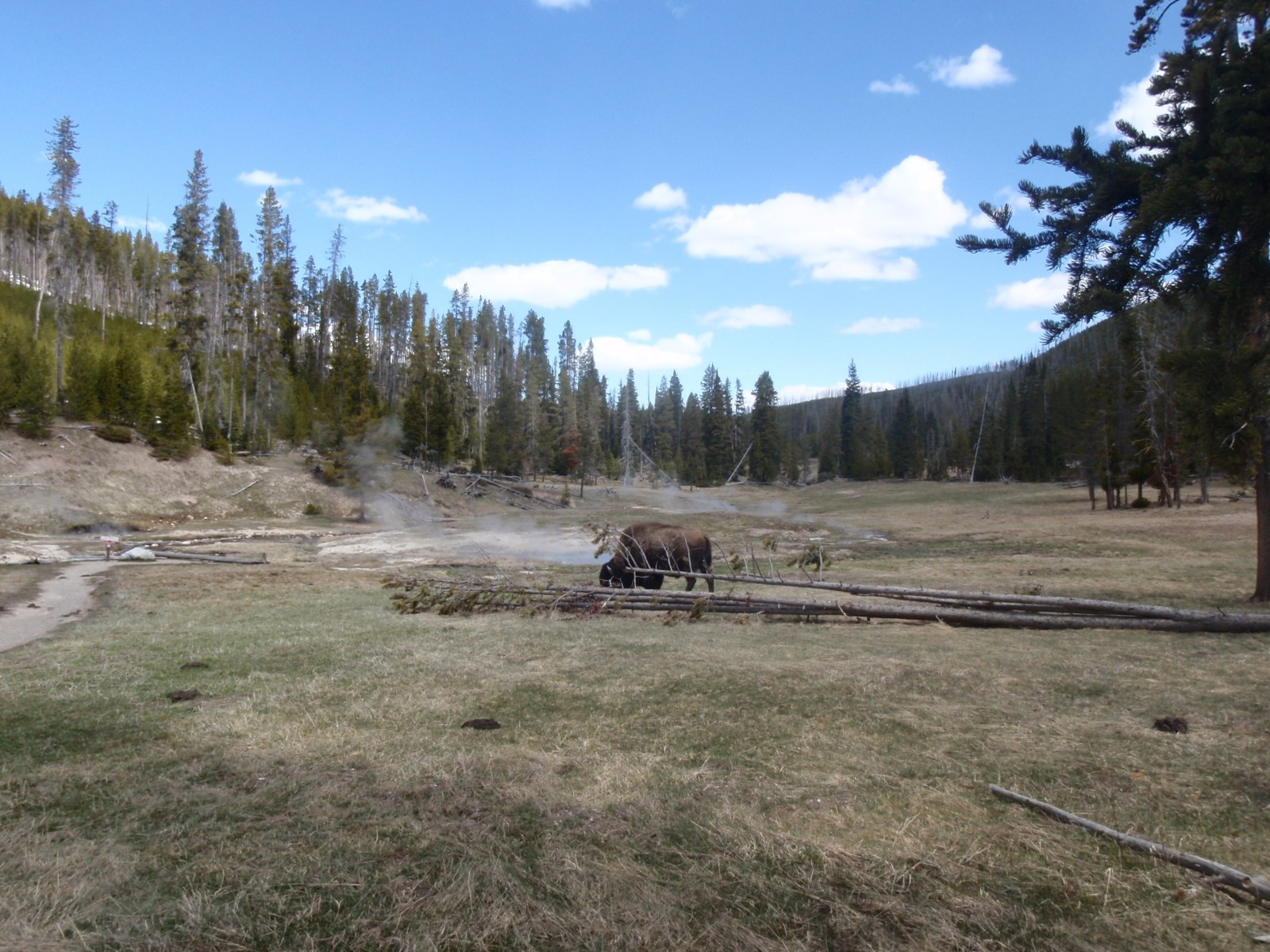
There are a bunch of fun things to do when saying for one or two nights in San Pedro de Atacama. In particular, you’ll want to visit the otherworldly Lunar Valley to see those gorgeous changes from reds and yellows to purples and pinks as the sun sets. I’d also highly recommend taking advantage one evening of the best star gazing in the world by visiting one of the observatories
(You also must must must Take a 4WD tour from San Pedro de Atacama to the Bolivian Salt Flats so check out this entry for more details)
But it was San Pedro de Atacama itself that was the highlight for me. It will just feel so different from anywhere you’ve been before that you’ll be kept happily entertained just wandering through the rock hard clay streets with their single floor adobe buildings and seeing the otherworldly red surroundings of volcanoes in the distance, all while appreciating the subtle adaptations the place has to make to survive in what is the driest place in the world (outside of the Poles). If you have the time, its a great place to chill out, sample some of the surprisingly good restaurants and also to learn a bit about the pre-Spanish culture

The Salt flats (Salar de Uyuni) are world famous, unique, big enough that you can avoid other tourists and so cool that you can just stand around in awe (see The Bolivian Salt Flats in Rainy Season entry for details on the Salt Flats themselves). But I’d also highly recommend taking the 4WD trip between Uyuni and San Pedro in the Atacama desert . . . in fact its kind of a must if visiting the Salt Flats because of the sheer stunning vistas in this part of the world. The trip can be a long drive and don’t expect luxury, but seeing the AltiPlano is otherworldly and a world class adventure

So if you’re heading through this part of the world where the distances are vast and the flight timings just aren’t working for you, I’d recommend driving from the lake region of Bariloche up to the wine region of Mendoza. Chances are for these regions you may have rented a car anyway, so its a question of if you’re prepared to pay the car relocation fee
The drive is a long one at roughly 14 hours. It includes the famous Seven Lakes route (see Driving the 7 Lakes from Villa la Angostura to San Martin for more details), but quite quickly after that you transition from luscious grassy mountains and lakes to more barren volcanoes / mountains, deserts, scrubland, with very few people and a part of the world that has little written about it – some key ingredients for an unexpected driving adventure
Google maps kept changing its mind whether to take the R40 or the more inland 237/151/143 route. We went for the R40 and were glad we did as the combo of the Andes range to our left and desert / plains to our right was a pleasantly beautiful surprise. Make sure you do keep an eye on the navigation though as it is very easy to get lost, which happened to us a few times. That feeling of having to choose between continuing to head down the dust path you hope will soon change to highway or to cut your loses and drive back the way you came for an hour isn’t that much fun . . . even less so the second and third times!

Staying in a Ryokan – a traditional Japanese inn with woven matt floors, sleeping on futons and eating all your (local and delicious) meals in the room – is one of those classically Japanese things to do. Doing so in the northern island of Hokkaido by a classically round active volcanic lake in the snow is also a very nice addition. Only issue is you should chose wisely on the location
We stayed in the Toya-ko Onsen town, which was easy to reach from Niseko / Sapporo, and the Daiwa Ryokan was great fun, but it’s not the most attractive town. I would suggest trying to find somewhere else, maybe a bit more isolated. Considering just how beautiful the surroundings are, it would be worth a bit more of a detailed search, even if you have to plough through the Japanese sites!
For something a bit unusual (more unusual) – head up to the Windsor Hotel, which is still on the rim of Toya-ko, and is an uber 5 star hotel that hosted the G8 summit in 2008. It’s nice to walk around and has superb views of the lake, but also bizarrely has 2 Michelin 3* restaurants on the top floor which, based on what we saw, are largely empty. Bear in mind there are only 135 Michelin 3* restaurants in the world, so you get the idea how random this is. We tried the French one which was great
Unless a bit desperate for something to do (you mean you’re bored sat in one Ryokan room for 2 days?), don’t bother with the ferry ride around the lake. My girlfriend likes to say it’s the worst date we’ve been on. Instead, head up to the Usa-zan viewing platform

Niseko has a strong shout for being the world’s best skiing destination. Yes, yes, I know the North American sites have vast slopes and every other room has a hot tub; the Alps are wonderful for their apres and interconnected communities; and I get that Queenstown has bungee jumping, but there are 3 killer reasons for why Niseko has to take the crown:
- It is the undisputed King of Powder, with 15m / 50ft of wonderful light powdery stuff on AVERAGE each year
- Its Japan. This means that everything works perfectly, people are 10/10 polite (no fighting over chair lifts), you finish your ski with an Onsen and the food . . . even the most basic of meals demands a quality zat wud mek even ze french jelos!
- The views. Think less endless mountain chains, and more looking at the perfect conical volcano of Yotei-zan, aka Hokkaido’s Mount Fuji
It can be expensive, especially around the holidays, but a must experience if you’re a skier

Japan is my favourite country to travel through. A big call I know. Whilst it may get pipped by some of the bigger countries when it comes to natural vistas and cultural pursuits, there are three things that cement it as number one:
- The people and surrounding culture is one of respect, politeness and calm – just travelling through Japan you find your blood pressure dropping, being more considerate and the pleasures that come with this
- Stuff works in Japan – it’s not just the trains being on time to within the second, it’s everything! I know there is something wonderfully memorable about travelling with a few hiccups as part of the adventure., but there is also something rather pleasant about having a country like Japan to explore knowing it’ll be super easy (and safe)
- The food! I know the French think they are the best in the world. They are not
There’s a lot to see, but if you have a week, I’d recommend this itinerary which lets you see 3 highlights of Japan and with a bit of adventure thrown in

If you’re in the Tokyo area for a week or so during climbing season (July – September), climbing Mount Fuji should be high up on your list. Fuji-san as “he” is know is Japan’s tallest mountain (3,776m / 12,389ft) and one of the most recognisable mountains in the world with its near perfect symmetrical dome. Yet it is surprisingly easy to summit (you can be there and back from Tokyo within 24 hours) and has the feeling of an event as you join the 300,000 people who make the ascent every year
Throw in the spectacular views for the sunrise from the summit and the great fun of staying with various Japanese travellers in one of the mountain huts (bring whiskey!), and you have a wonderful Japanese experience. Plus, I mean how often can you summit one of the most famous mountains in the world within 24 hours?

Yellowstone – the name itself conjures up images of harsh, snow covered lands with roaming wolves, bears and bison; geysers (60% of the world’s geysers are found here) and truly wild nature – a real untameable wild west, and the first National Park of the US. To get more of this feeling, and avoid the rush of summer visitors (30,000 a day at peak times), I’d suggest doing a couple of things: 1. Go as the park opens up in May (or closes in October). You’ll have a few things limited due to the snow, but it doesn’t hold back the overall experience. 2. Try some of the back country trails, in addition to the key major attractions. One of the main reasons less than 5% of visitors try this is a fear of the wild animals, so to counter this make sure to ask the advice of the rangers and, if needed, arrange a ranger-led hike. We got some advice and headed to 2 spots where it felt like there was no one for miles around. Didn’t hike far – maybe a couple of hours or so, and it felt like we had the place to ourselves with that wild feeling we were hoping for
We took a campervan around as part of a large 2-3 week trip (see here for Rapid 2 week roadtrip around the US West Coast States), which is super easy to do as Yellowstone is geared up for exactly this. The “Grand Loop” drive of 132miles / 230km goes through most of the key sites and is well positioned if you want to jump off and find something slightly out of the way. We stayed the night near the Fishing Bridge of Yellowstone Lake which had some great views
A note on the type of scenery – Yellowstone is less about the stunning individual features that you may find in a Yosemite National Park, Arches National Park, Grand Canyon, Monument Valley etc. Whilst it does have some great waterfalls and the likes of Old Faithful, its more about the vast size of the place. So think less about turning the corner to suddenly be presented with an El Capitan or towering sandstone buttes from a western movie; its more about driving and hiking across Yellowstone’s vast area
As we were on a super tight schedule we only had 2 days in Yellowstone, which was enough for a glimpse and to get a feel for the place. But I would love to have stayed longer and done maybe some more hiking there
If you are driving through Yellowstone, be sure to take the time to at least drive through Grand Teton National Park – its is only an hour or so to the South and it is arguably even more impressive from a vista point of view than Yellowstone – see the travel entry Driving through Grand Teton National Park for more details

Tasmania is one of the jewels of Australia for its rugged remoteness, world-class natural landscapes, unique history and fewer tourist numbers compared to some of the other famous sites. It also has the added benefit of being far smaller than some of the other parts of Australia, which makes it ideal for a week-10day road trip. The itinerary below gives you the highlights of this wonderful little island
3 high level tips:
- Could do in a week? You could do this itinerary in a week by shaving off Port Arthur and the Tamar Valley, but it will feel a little rushed. 10 days far better . . . and don’t make the error most people make which is dropping the west coast – it is the highlight of Tasmania
- UNESCO rate Tasmania – the high scores give an idea for just how impressive Tasmania is, and in particular the West Coast. But don’t only take my word for it. UNESCO have 10 potential criteria for a site to be designated World Heritage, with only one of the criteria needed to be met. The Tasmanian Wilderness Area in the south west part of Tasmania meets 7 of the 10 criteria which, alongside Tai Shan in China, places it at the top of all sites in the world. Really is quite a remarkable place to visit
- Tasmania or South Island New Zealand? The two are often compared as they’re relatively close and similar sizes which, considering the world-class natural landscapers of the South Island, gives you an idea of the quality on offer in Tasmania. Broadly, I’d say that the South Island just nudges it from a natural sites point of view based on its snow capped mountains, glaciers and fjords, but Tasmania clearly wins from a cultural significance point of view and might just shade it based on its more compact size for a roadtrip and its lower fellow tourist numbers

On the border with North Korea, Changbai Shan is China’s largest nature reserve and by far the top attraction in the surrounding region. The park itself is beautifully rugged with bitch trees and pine trees making way to a far more sparse other-worldly landscape once you get above 2000m / 6500ft, but it is the walk up the north slope to the Heaven Lake sitting 2,200m / 7200ft on the top of Paektu Mountain that is the highlight. The mountain itself is little know outside of this part of the world, but it is an important mythological and cultural symbol for parts of China and certainly for Korea, for example it is in both North and South Korea’s national anthems and is on the national emblem of the North
We visited here at the slightly unusual time of mid October which, because the place is waiting to make its transition from summer visitors to opening up for those visiting the ski slopes later in the year, certainly made it a bit harder to reach and in particular harder to find a place open. But the flip side was that, for China, it felt we had the walk up to the Heaven Lake almost all to ourselves, which made for a quite unique experience
Top tip – try to stay at the Lanjing Spa Holiday Inn which is only 500m from the north gate entrance. It has a feeling of being secluded to very much adds to the otherworldly feel. Most likely at this time of year you’ll be able to get a discount. No worries if can’t get a spot there, you can stay in Baihe and just get a taxi for 40mins or so to the entrance gate










